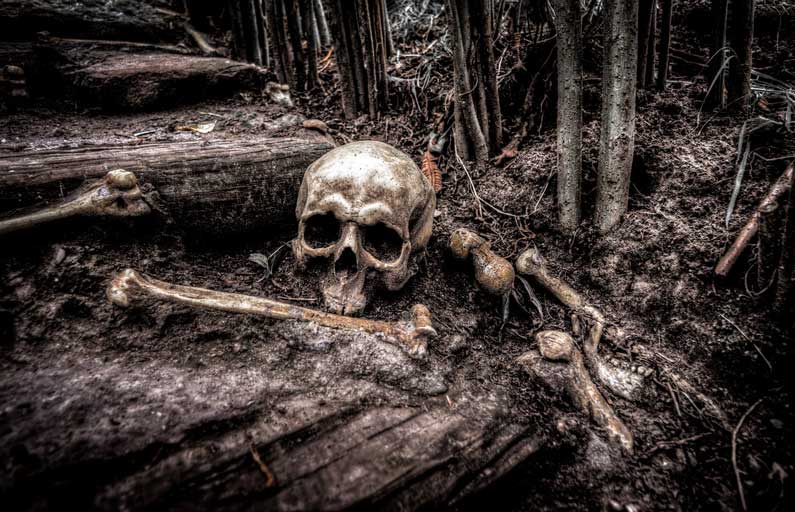Ancient Origins of Ghouls
Rediscovering the Eaters of the Dead
The ghoul or ghūl has Arabic origins and is etymologically similar to galla–a Sumerian and Akkadian demon of the underworld. In ancient Arabian folklore the ghoul was thought to have been a type of djinn sired by Iblis. And much like a djinn, the ghoul was a shapeshifter.
The ghoul would isolate it’s victim in the desert or abandoned places and feast upon their flesh
Ghouls often prefer to take the shape of a hyena and were often found to be a desert roaming creature. This creature could also take the form of humans (often times their last meal). Luring people away from friends and family, the ghoul would isolate it’s victim in the desert or abandoned places and feast upon their flesh.
This fiendish monster was often times fond of eating the flesh of children and corpses, as well as drinking blood. Besides devouring the flesh of the living and dead, ghouls were also believed to have a fondness for shiny coins. Because ghouls have an affinity for feasting on corpses, they often frequent cemeteries as well.
It wasn’t until Arabian Nights (a collection of Middle Eastern folklore tales) was translated into French, that the term ghoul was popularized in modern media.
But to be safe, it might be safest if you avoid walking into the desert in pursuit of a hyena, or when enticed by an attractive person with a keen eye for shiny coins–especially if you haven’t showered recently and smell like the living dead.
If you like tales of the supernatural you may love Tales of Malstria by Traci Robison.
Part Of The
Supernatural Saturday
Series
